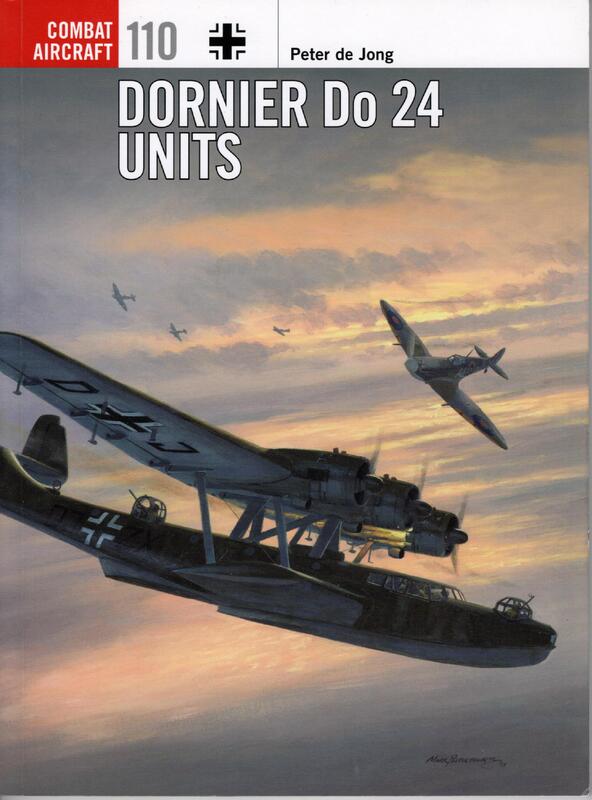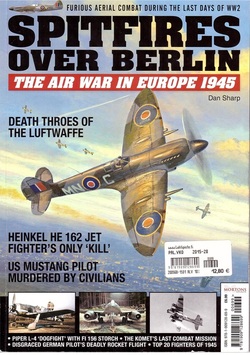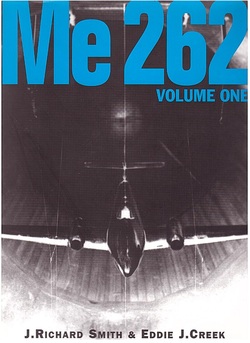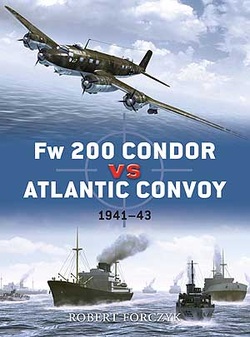Very nice book on an interesting aircraft. It tells the story of service of Do 24 with the Dutch navy (14 pages), the RAAF (4 pages), as transport plane supplying Germans at Narvik during the spring of 1940 (3 pages), service with the Seenotdienst (German Air-Sea Rescue Service) (34 pages) and KG 200 (1 page). Also its service with the French naval air service after the WWII (3 pages) and with the Spanish Air Force from 1944 to 1969 are told (2½ pages). Even services of single examples used in Sweden and the Soviet Union are mentioned (1 page). The British and Norwegian service (¾ page). The British used two Do 24s with German crews as rescue cover for mine clearing operations in Norwegian waters after the war, later the planes, still flown by Germans came under Norwegian control. There might have been two more Do 24s used by British locally at Bodo. Three Do 24s captured at Schleswig were flown to England for evaluation. One of those was test flown by Eric Brown, a famous British test pilot and in his book he tells that he liked it and concludes his assessment: “To me, the Do 24 was virtually viceless, and I certainly never met a German or Dutch pilot who had anything but praise for it…” But in fact he noticed earlier in the text that while generally its take-off characteristics were excellent “…Before we got up on the step the boat assumed a steep nose-up attitude, giving very poor view ahead, but once on the step that attitude decreased markedly…”. Development and production is dealt with on eight pages. 30 colour profiles, six of Dutch, 19 of German, two of Spanish, on each of Australian, Swedish and French ones, on 15 pages. Some combat reports of the Allies on Do 24 shoot downs. And a few German pilots and crewmembers recollections. (e.g. on pages 54-55). Even an appraisal by a RAAF pilot is there. It is the most critical assessment of the characteristics of Do 24 I have seen but even it is not overly critical.
Some especially interesting points for me were:
During the occupation of Corsica in July and August 1943, for troops transported there by Ju 52/3ms and Me 323s neither life vests nor dinghies were provided to.
Aircraft and boats of the Seenotdienst rescued 11,561 survivors from the sea during the World War 2 of which 3,815 were Allied personnel, the book gives also numbers per operational areas.
As a Finn I noticed that all Finnish place names are written correctly except Kupoio-Rissala, should be Kuopio-Rissala.
I cannot say much on the colour profiles but I was surprised how light the ‘mud blue grey’ is in the profiles 5 to 7 i.e. Dutch Do 24K-1s in 1941-42 camouflage. It is lighter and greyer than the upper colour of the Do 24 I saw in 2005 at the Soesterberg Military Aviation Museum or the colour of the profile on the Do 24 site in 2001 and 2020.
Only error I noticed is not directly connected to Do 24. HMS Warspite did not participate the First naval Battle of Narvik which cut the German troops occupying Narvik out. During it five destroyers of the Royal Navy sank two German destroyers and the supply ship Rauenfels. She participated the Second naval Battle three days later when it attacked with nine destroyers and the other eight German destroyers were sunk as is told in the book.
Warmly recommended for those interesting in flying boat operations, the desperate fight of Dutch against Japanese in 1941-42, the activities of the Seenotdienst or Dornier Do 24 itself and its use.
Sources:
Brown, Eric Captain, Testing for Combat (Shrewsbury: Airlife, 1994).
Geust, Carl-Fredrik and Gennadiy Petrov. Red Stars Vol 2: German Aircraft in the Soviet Union (Tampere: Apali
Oy, 1998).
http://www.dornier24.com/ ex-http://masterdrew.topcities.com/pages/… Retrieved 29 November 2001.






 RSS Feed
RSS Feed
